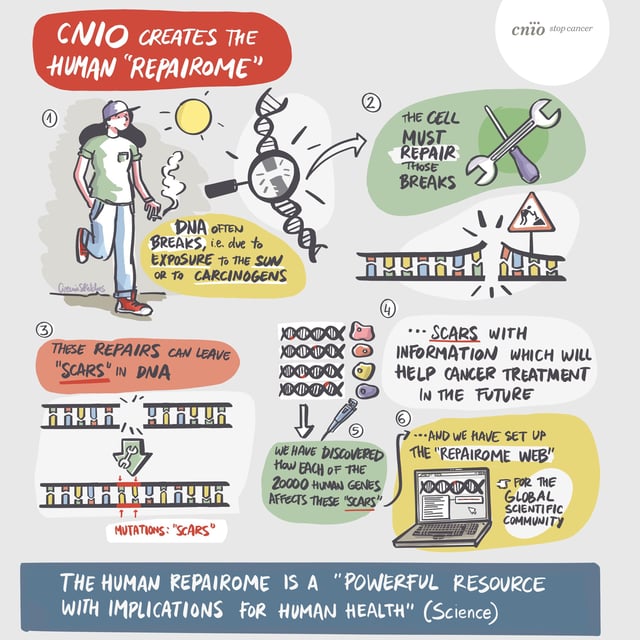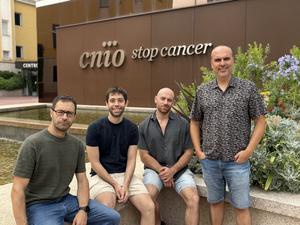Overview
- CNIO published the dataset in Science on Oct. 2, 2025, alongside a publicly browsable portal for global access.
- The team created nearly 20,000 gene‑knockout cell populations, induced Cas9 breaks, and used high‑throughput indel profiling with new analytics to record the resulting scars.
- Data were generated in nontransformed RPE1 and cancer U2OS cells, highlighting that repair outcomes depend on cell context and break type.
- Early analyses uncovered previously unreported proteins that influence repair and a mutational pattern linked to kidney cancer and hypoxic tumor conditions.
- Authors say the catalog could aid biomarker discovery, therapy design, and CRISPR precision, though clinical utility remains to be validated.

